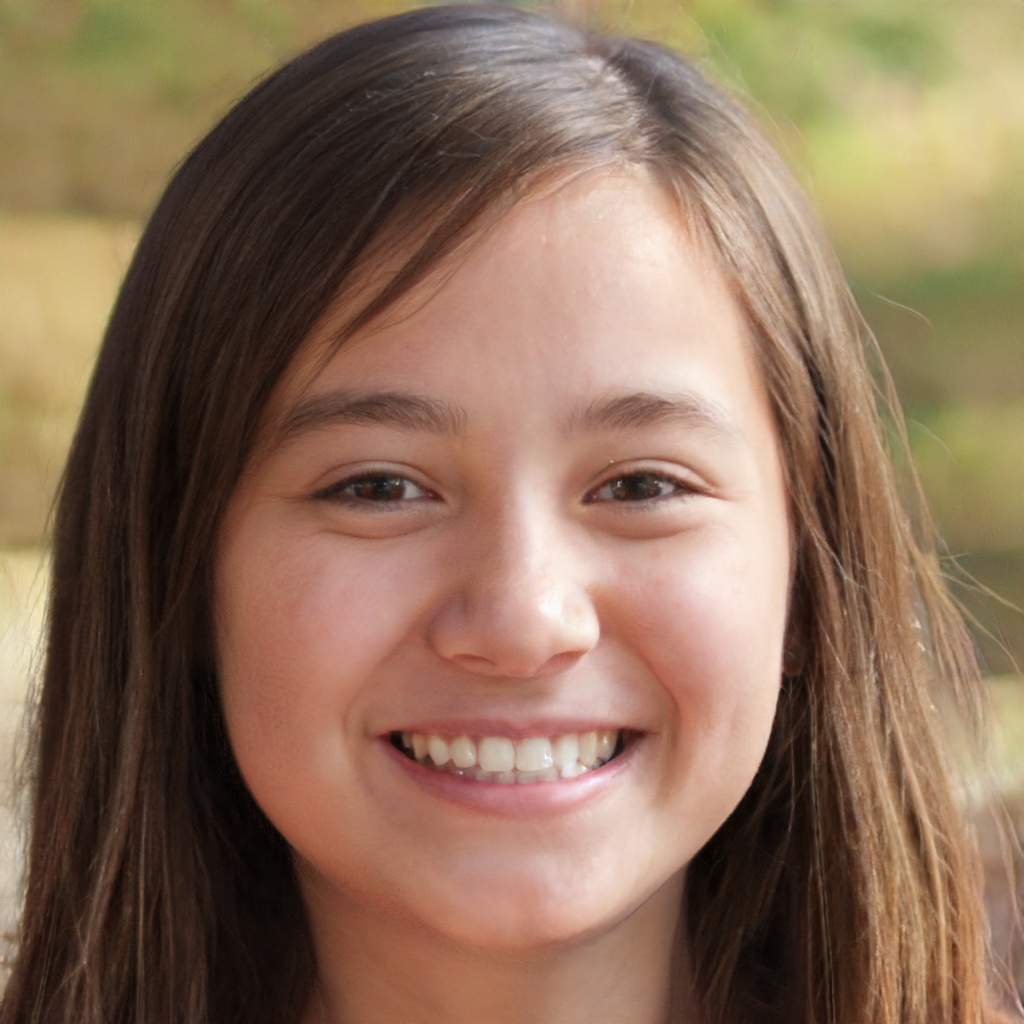The project will begin in fall 2022. The U.S. aerospace agency is seeking astronauts for the first one-year analog mission in a habitat to simulate life on the Red Planet.
"Mars is calling!" So begins the announcement, published on the site of Nasa, through which the American aerospace agency has made known that it has opened the search for candidates to participate as a crew member of the first analog mission. The chosen ones will spend a year in a habitat that simulates life on a world in Space, far from Earth. The program will begin in the fall of 2022 and will serve to prepare participants for the harsh conditions of the Red Planet.
Nasa's search for volunteers
The place where volunteers will spend 12 months will be very similar to that of the Red Planet and, with this initiative, Nasa also intends to study how "highly motivated individuals" respond to such long-duration missions and extreme conditions. This will serve to prevent and resolve "potential problems in future human spaceflight missions to the Moon and Mars," the announcement reads. The series of missions, known as the Crew Health and Performance Exploration Analog, includes three year-long simulations of the surface of Mars based at Nasa's Johnson Space Center.
The mission analog "is critical to testing solutions that meet the complex demands of life on the Martian surface," said Grace Douglas, chief scientist of advanced food technology research at the Johnson Space Center in Houston. "The simulations on Earth will help us understand and counteract the physical and mental challenges the astronauts will face before they leave," she explained. Each mission will consist of four crew members who will live and work in a 518-square-meter 3D-printed module from ICON, called Mars Dune Alpha.
The habitat will simulate the challenges of a Mars mission, including resource limitations, equipment failures, communications delays and other environmental stressors. Crew activities may include simulated spacewalks, scientific research, use of virtual reality and robotic controls, and communications exchange. Results will provide important scientific data to validate systems and develop solutions.
The ideal candidates are healthy and motivated U.S. citizens or permanent residents, non-smokers, between the ages of 30 and 55 with excellent English skills to support effective communication between the crew and mission control. Crew selection will follow Nasa's standard criteria for astronaut candidates. A master's degree in engineering, mathematics, or biological, physical, or computer sciences from an accredited institution with at least two years of professional STEM experience or a minimum of 1,000 hours piloting an aircraft is required. Applicants who have completed two years of work toward a STEM doctoral program, or completed a medical degree or test pilot program will also be considered. In addition, with four years of professional experience, applicants who have completed military officer training or a Bachelor of Science degree in a STEM field may be considered.
Programs that simulate life on non-terrestrial surfaces have already been implemented, for example at the HI-SEAS facility where astronauts train for life on the Moon or Mars by spending time in lava tubes along Mauna in Hawaii.
Stefania Bernardini
